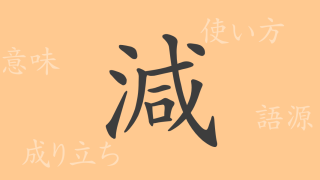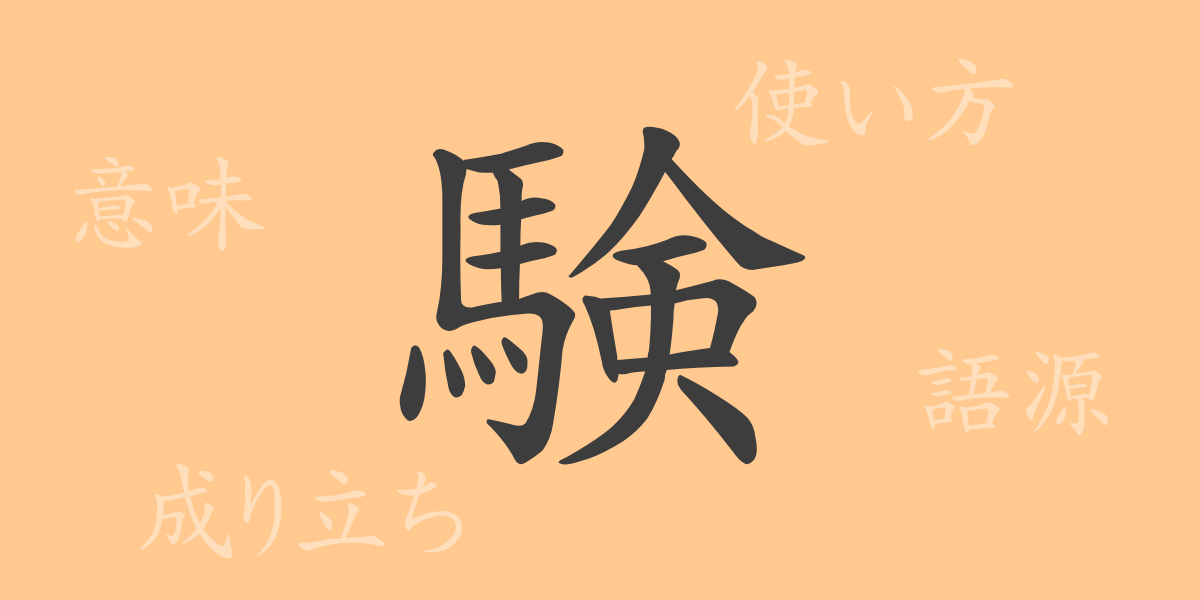The rich tapestry of Japanese written culture is deeply rooted in history, with kanji characters possessing particularly expressive power. One of the frequently used kanji in both daily life and business is “験(けん, ken).” This article delves into the origins, meanings, usages, and readings of “験(けん),” along with related idioms and phrases, uncovering the full scope of this intriguing character.
Origins of 験(けん, ken)
The kanji “験(けん)” has its origins in ancient China, originally written as “驗.” This character combines “馬(うま, uma)” meaning “horse,” and “詹(せん, sen)” indicating sound, symbolizing actions to verify or test. Historically, it has been used to denote examinations and inspections. In Japan, it has been adopted with similar meanings, appearing in various contexts.
Meanings and Usage of 験(けん, ken)
The kanji “験(けん)” encompasses meanings such as “test,” “examination,” “experience,” and “experiment,” indicating actions involving verification or confirmation. It is also used to signify effects or outcomes, as in “効験(こうけん, kouken).” Additionally, in unique Japanese usages, it represents charms or omens, used in expressions like “験を担ぐ(げんをかつぐ, gen wo katsugu),” meaning to carry a charm for good luck or to ensure good fortune.
Readings, Stroke Count, and Radical of 験(けん, ken)
The kanji “験(けん)” has various readings and structural elements, each providing different nuances depending on the context.
- Readings: The On’yomi (音読み) is “ケン(けん, ken),” and the Kun’yomi (訓読み) is “あかし(akashi)” or “しるし(shirushi).”
- Stroke count: The character has a total of 18 strokes.
- Radical: The radical is “馬(うま, uma)” which is associated with horses.
Idioms, Proverbs, and Phrases Using 験(けん, ken)
The kanji “験(けん)” appears in numerous idioms, proverbs, and phrases, illustrating its broad application in Japanese language. Here are a few examples:
- 試験(しけん, shiken): Testing or examining to measure ability.
- 経験(けいけん, keiken): Gaining knowledge or skills through direct experience.
- 実験(じっけん, jikken): Conducting experiments to verify theories or hypotheses.
- 効験(こうけん, kouken): Evidence or results that prove effectiveness.
- 験を担ぐ(げんをかつぐ, gen wo katsugu): Acting in a certain way to ensure good luck, often used in a superstitious context.
Conclusion About 験(けん, ken)
The kanji “験(けん)” plays a significant role in Japanese due to its rich meanings and diverse usages. From its origins in ancient China to its evolution within Japanese culture and language, “験(けん)” is deeply embedded in everyday life, academia, and spiritual practices. Understanding such multifaceted kanji can be a key to appreciating the depth of the Japanese language.

























